How NASA’s Stranded Starliner Astronauts Could Fly Home with SpaceX
NASA astronauts Butch Wilmore and Suni Williams have been stuck on the ISS since they launched to the station in early June. Now the space agency is close to deciding how to bring them back
Boeing’s Starliner spacecraft that launched NASA’s Crew Flight Test astronauts Butch Wilmore and Suni Williams to the International Space Station is pictured docked to the Harmony module’s forward port.
NASA officials are earnestly discussing a plan to bring home two astronauts—who launched on Boeing’s Starliner in early June and have since been stuck on the International Space Station (ISS) indefinitely—onboard a SpaceX Dragon vehicle.
The space agency isn’t ready to make the decision quite yet. And during a press conference held on August 7, officials said that NASA personnel are split on which vehicle to use. But NASA leadership will need to make the call by the middle of August, and agency officials provided details of what would happen if the astronauts were to make a switch from taking a trip to Earth on Starliner to riding on a Dragon craft.
“We’re in kind of a new situation here in that we’ve got multiple options,” said Ken Bowersox, associate administrator of NASA’s Space Operations Mission Directorate. “We don’t just have to bring a crew back on Starliner, for example. We could bring them back on another vehicle.”
On supporting science journalism
If you’re enjoying this article, consider supporting our award-winning journalism by subscribing. By purchasing a subscription you are helping to ensure the future of impactful stories about the discoveries and ideas shaping our world today.
NASA astronauts Butch Wilmore and Suni Williams blasted off Earth on June 5 in the long-awaited first crewed launch of Starliner. This vital test mission was meant to clear the way for the vehicle to make regular crewed flights to the ISS.
The two astronauts were scheduled to remain at the orbiting laboratory for just more than a week. But their Starliner capsule, nicknamed Calypso, has faced several issues. Its launch was called off twice, once because of an issue with an oxygen valve and once because of a faulty computer card in the launch system. Mission personnel also monitored a helium leak in the vehicle’s propulsion system that they determined wasn’t serious enough to delay launch. During the spacecraft’s flight to the ISS, four more such leaks developed, and five of the vehicle’s reaction control system thrusters failed, although it reached the lab safely.
Boeing and NASA have conducted extensive testing in the past two months, both in space and at a facility in New Mexico, to try to figure out the thruster situation. But a full understanding of the issues remains elusive. Agency representatives insisted in previous press conferences that Starliner was safe to carry Wilmore and Williams home, with the testing only necessary to better elucidate the issue to address in future flights. But the two astronauts remained in orbit.
Now NASA personnel are talking openly about the possibility of moving Wilmore and Williams to a return flight on SpaceX’s Crew Dragon vehicle.
NASA selected both SpaceX and Boeing to build a vehicle to carry astronauts to and from the space station in 2014. SpaceX successfully launched a crewed test flight in May 2020 and has since flown seven round-trip missions for NASA. An additional Dragon spacecraft is currently docked to the station, and another is ready to launch in the coming weeks.
NASA had planned for that coming Dragon mission, dubbed Crew-9, to carry four crew members: NASA astronauts Zena Cardman, Nick Hague and Stephanie Wilson, as well as Russian cosmonaut Aleksandr Gorbunov. If the agency decides to return Wilmore and Williams on a Dragon spacecraft, however, that mission will change.
Under that scenario, sometime between mid-August and mid-September, the empty Starliner would depart the space station and use its parachutes to land in Utah. Then two of the four Crew-9 astronauts would launch no earlier than September 24. (NASA declined to comment on which astronauts would stay on the mission.) Wilmore and Williams would join that crew, and all four of the astronauts would return on the Dragon capsule around February 2025, officials said.
“Now we actually, for the first time, I think, ever in human spaceflight, while docked to ISS, have two U.S. vehicles to choose from in some respect: Dragon and Starliner,” said Steve Stich, manager of NASA’s Commercial Crew Program, during the August 7 press conference.
Wilmore and Williams’s extended stay at the ISS has been only the latest hiccup in Starliner’s troubled path to flight. Boeing’s first attempt to reach the ISS launched in December 2019 but ended early after the capsule failed to reach the appropriate orbit to reach the station. The second uncrewed test flight, launched in May 2022, successfully visited the orbiting laboratory and smoothly landed back on Earth after nearly six days.
Despite the rocky history and current troubles, NASA remains sanguine about Starliner’s ability to become a regular part of the ISS’s fleet. “I see a bright future for Starliner,” Stich said. “Either way, we really need two crew transportation systems. There could be a day in the future where we’re calling upon Starliner to do something for us like this, and it’s a great vehicle.”

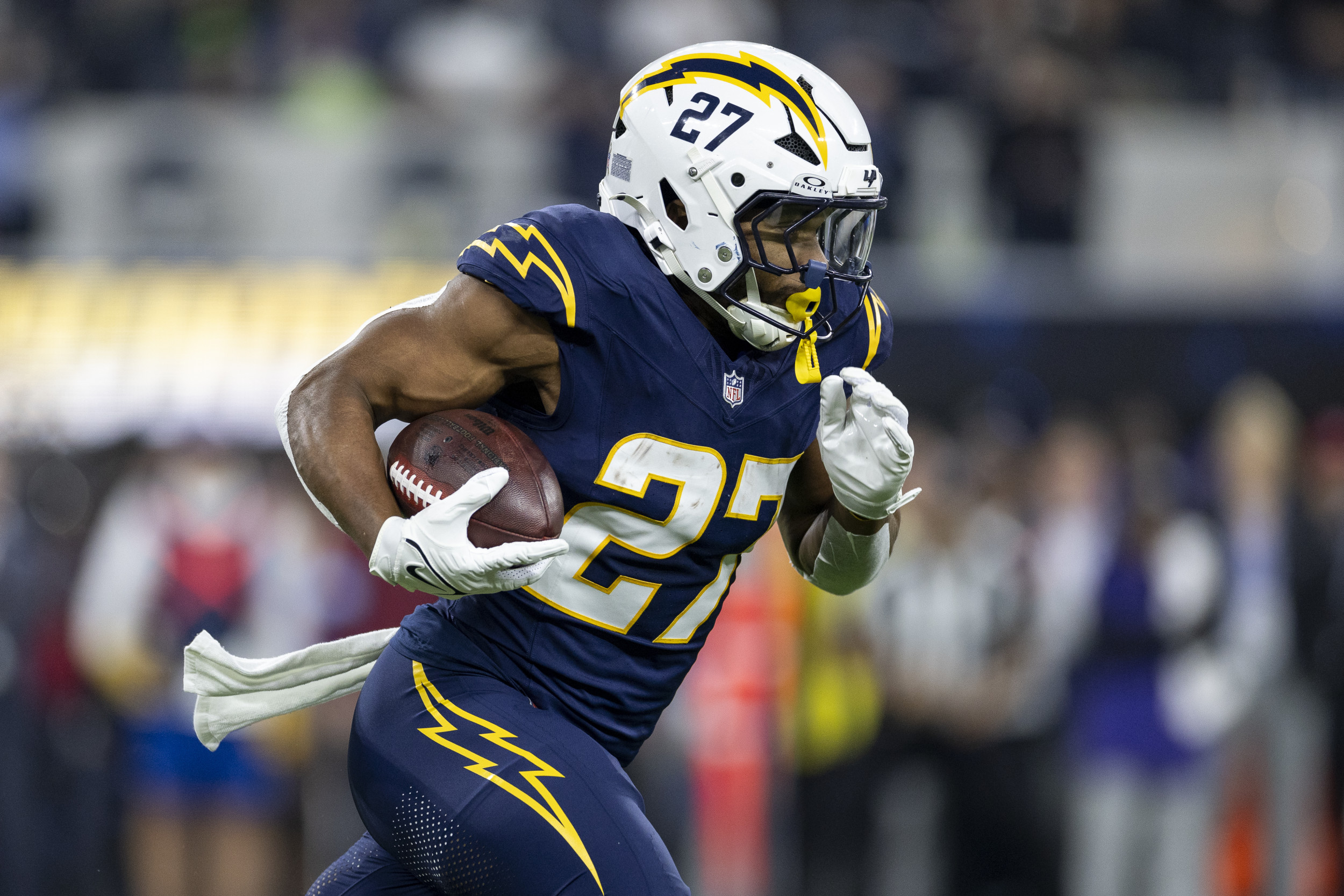








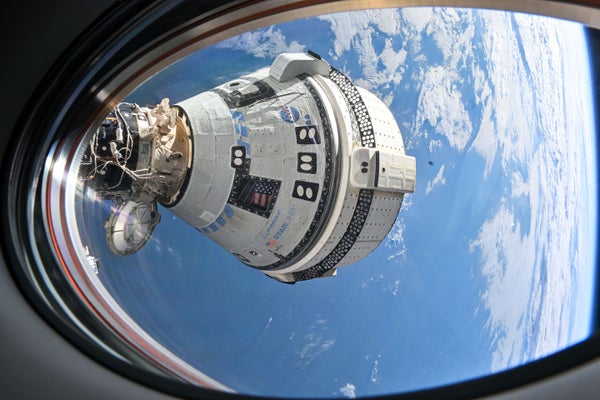

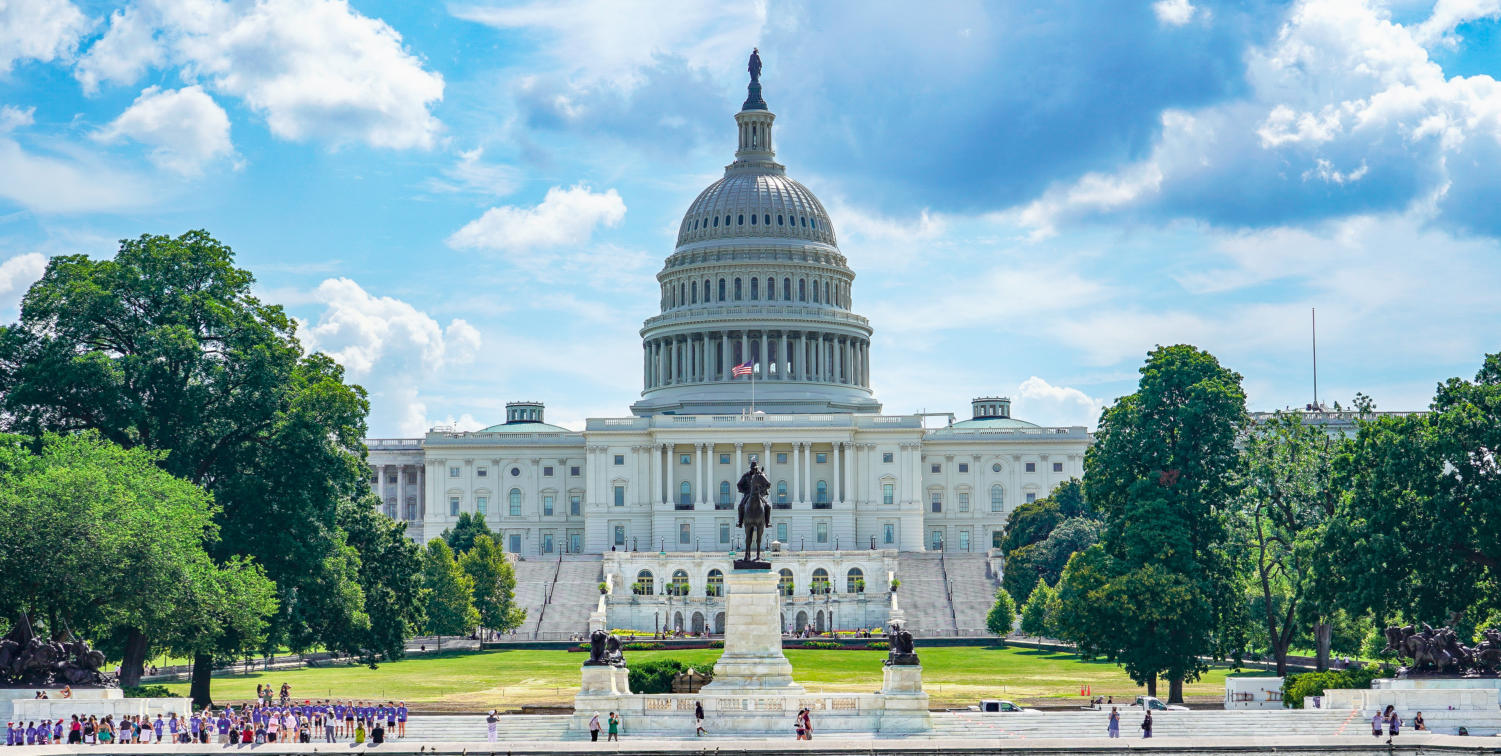
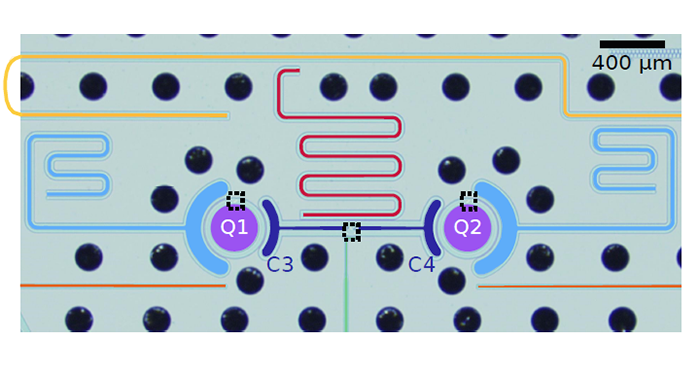
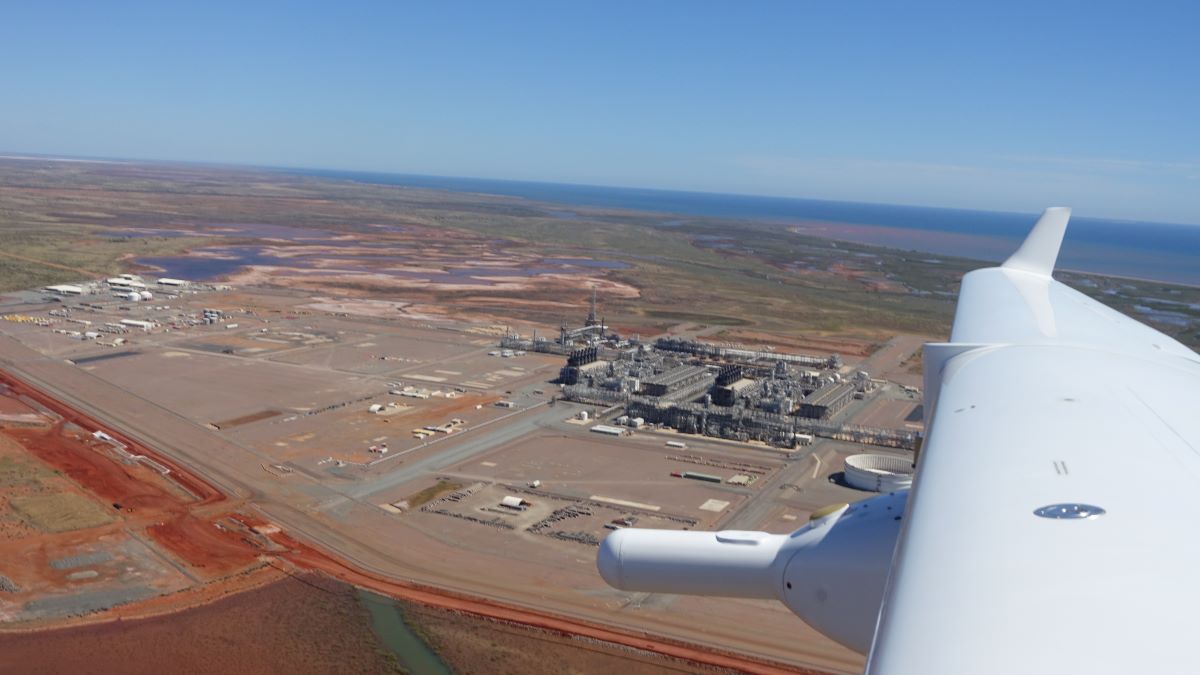






Discussion about this post